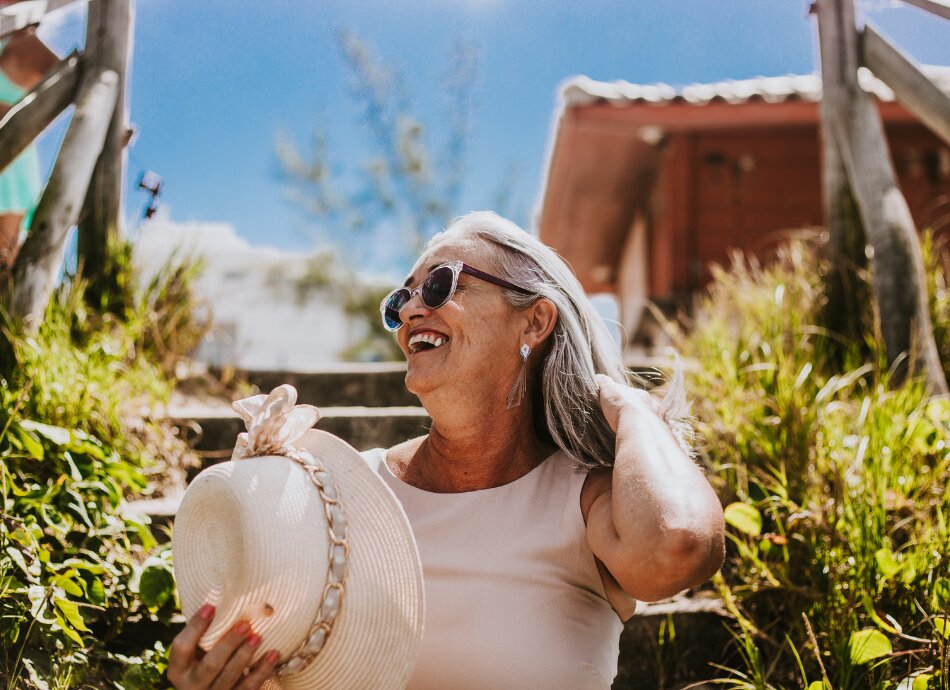Vitamin D and sensible sun exposure
Key points about Vitamin D and sensible sun exposure
- As little as 15 minutes in direct sunlight 3 times a week is enough for your body to make the vitamin D you need – but be sensible.
- Exposing your skin to the sun increases your risk of skin cancer, so make sure you don't get sunburnt, use sunscreen.

Most people get about 80% of their vitamin D from the ultraviolet B (UV-B) rays in sunlight. Most healthy people should be able to get enough vitamin D levels by spending time outdoors during the day.
However, about 5% of adults in New Zealand are lacking in vitamin D. A further 27% are below the recommended blood level of vitamin D.
This means you need to make sure you're getting enough sensible sun exposure. And you can only do this outside, because glass blocks UV-B rays, so sitting by a sunny window doesn't work.
As little as 15 minutes in direct sunlight 3 times a week is enough for your body to make the vitamin D you need – but be sensible. Exposing your skin to the sun increases your risk of skin cancer, so make sure you don't get sunburnt – use sunscreen.
If you have a history of skin cancer, or are taking medicines that make your skin more sensitive to sun exposure, you should use sun protection all year: stay in the shade, cover your arms and legs, wear sunglasses and a hat that shades your face and neck, and use sunscreen.
Your doctor may recommend vitamin D tablets for you.
Between September and April (summer months)
In the warmer months leading up to, during and after summer, exposing yourself to gentle early morning or late afternoon sunlight is recommended.
- As little as 6–8 minutes of sun exposure may be enough to produce 1,000 IU of vitamin D.
- A daily walk or some other form of outdoor physical activity in the early morning or late afternoon, with your face, arms and hands exposed, could achieve this.
- Between 10am and 4pm the sun is too harsh and you should use sun protection: stay in the shade, cover your arms and legs, wear sunglasses and a hat that shades your face and neck and use sunscreen.
Between May and August (winter months)
Sun exposure in the cooler months before, during and after winter, is important. Head outside for 30 minutes of sunshine in the middle of the day.
- Having dark skin is associated with decreased rates of vitamin D production and people with darker skin may need 3–6 times more sun exposure to get the same level of vitamin D production as people with lighter skin. Talk to your doctor about sensible sun exposure for your skin type.
- You can't get vitamin D by sitting inside by a sunny window – UVB waves do not pass through glass. You need to be in direct sunlight.
- Using sunbeds to boost vitamin D levels is not recommended. Using sunbeds is associated with an increased risk of melanoma, which rises with greater use and earlier age of first use.
Credits: Healthify editorial team. Healthify is brought to you by Health Navigator Charitable Trust.
Reviewed by: Dr Helen Kenealy, geriatrician and general physician, CMDHB
Last reviewed:
Page last updated:





